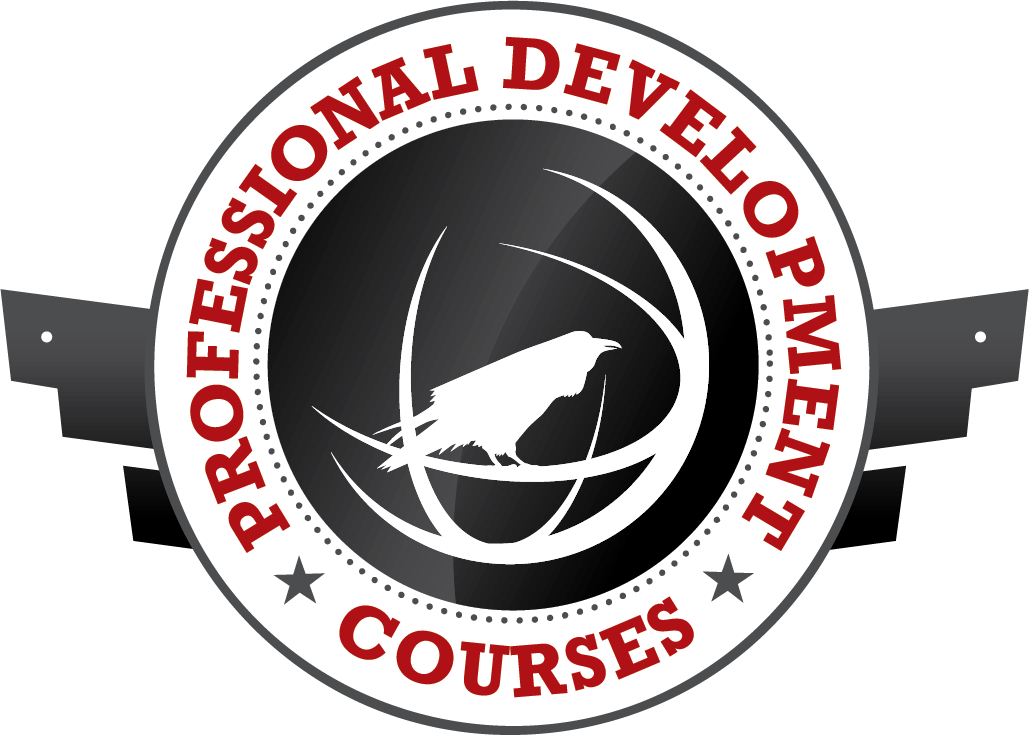Course Details
Electro-Optical/Infrared Sensor Engineering | On-Demand Course
Course Length: 24 hours total - delivered across eight sessions of 3-hours each.
Continuing Education Units (CEUs): 24
Description: This course presents the fundamentals of electro-optical (EO) & infrared (IR) sensor technology, its analysis and its application to military search, track and imaging systems. Electronic warfare (electronic attack and electronic protection) are emphasized. The course begins by studying the various classes of targets and their optical radiation characteristics including their radiant exitance and emissivity. Blackbody and graybody radiant exitance values are determined and Planck’s radiation formula is emphasized. External radiation sources are also examined including the sun, lamps and lasers. Surface reflectivity is then defined as a fraction of the irradiance at the surface that is reflected. Spectral signatures of jet nozzles and plumes are also emphasized. This is followed by examining the IR radiation transmission through the atmosphere and quantifying the optical properties of the atmosphere including the spectral, spatial and temporal radiant flux variations important in the detection and discrimination of target signatures. Rayleigh scattering and aerosol (or Mie) scattering are emphasized. Atmospheric turbulence is also treated. The effect of obscurants on the transmittance is analyzed and the effect of the extinction ratio determined. The modulation transfer function is determined as a function of spatial frequencies. The design of surface and airborne EO/IR search and track systems and their performance and analysis for several types of targets are considered as a function of the spectral, spatial and temporal discrimination techniques being used. Electronic attack against EO/IR sensors including flares, obscurations, flash and laser systems are highlighted and measures to be taken for protection are emphasized. Numerous problems will be worked through to reinforce the lecture material and the difficult concepts.
Who Should Attend: This course is intended primarily for engineers and scientists interested in the technology and design of infrared (IR) and electro-optical (EO) sensors and the electronic attack (EA) used against them. Attendees should have knowledge of the frequency spectrum and mathematics through calculus. Some probability and signal detection theory will also be helpful. Example problems are worked out to demonstrate the concepts and further the understanding of the material being presented. Some MATLAB programs are used to help students clarify difficult concepts.

Course Agenda
- Session 1
- Introduction to infrared physics and terminology, EM spectrum and target signatures including ships, aircraft, humans, Importance of solar loading, Models of IR systems and their performance, Obscurants & their effect on IR sensors.
- Session 2
- Spectral, spatial & temporal variations in IR backgrounds, Optical properties of the atmosphere including turbulence, Spatial radiance models.
- Session 3
- Detectors, detectivity, detection and discrimination in EO/IR sensors, Focal plane arrays, Time-delay-integrate and other scanning techniques.
- Session 4
- IR seeker/sensor optical design and lens properties including radomes, Point targets, Airy disk, IR range equation, Satellite detection system design, L3TV principles.
- Session 5
- Spectrally distributed thermal targets, Noise equivalent temperature, Spacecraft imaging system design, Laser radar, Laser range-finders.
- Session 6
- Spatial frequencies, Minimum resolvable temperature, Modulation transfer function, Target orientation, recognition and identification, Vidicon tracking systems.
- Session 7
- IR threat missile systems, More on seeker design for search and track, Traditional-to-advanced optical systems, signal processing, More on focal plane arrays, Laser guided weapons, Maverick missile examples.
- Session 8
- Missile warning systems, Flares, Directed IR countermeasures, Tethered decoys, Solid state lasers w/OPOs, Quantum cascade laser technology, Fiber laser technology, Ultrashort pulse lasers, electronic warfare IR concepts at the leading edge.
Purchase
Course Pricing
AOC Members - $480
Non-Members - $720
Want to save on your course registration? AOC Members receive discounts on all courses, free access to all webinars and much more. Join now!
NOTE: Each registration is for one (1) participant ONLY. Distributing your login information or allowing others to participate in this course with you or under your account is grounds for removal from the course without a refund of any kind.
Instructor
Dr. Phillip Pace is a Senior Scientist in the Emerging Technologies department at L3Harris Technologies, Plano, Texas and an Adjunct Professor in the Department of Electrical and Computer Engineering in the Lyle School of Engineering, SMU (Southern Methodist University) and a Distinguished Professor (emeritus) in the Department of Electrical an d Computer Engineering at the Naval Postgraduate School. Prior to joining the Naval Postgraduate School, he was at General Dynamics Corporation, Air Defense Systems Division and previously at Hughes Aircraft Company, Radar Systems Group. He is the founding director for the NPS Center for Joint Services Electronic Warfare and the author of three textbooks, Advanced Techniques for Digital Receivers, Artech House Publishing, 2000, and Detecting and Classifying Low Probability of Intercept Radar, Artech House Publishing, 2004 and the 2nd Edition in 2009. Dr. Pace has been a principal investigator on numerous research projects in the areas of microwave-photonic receiver design, signal processing, electronic warfare and weapon systems analysis, has 11 patents and over 40 referred journal publications. He is a Technical Editor for the IEEE Transactions on Aerospace and Electronics Systems Engineering, a life member of the AOC and is a Fellow of the IEEE.

